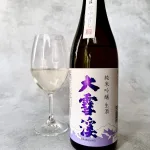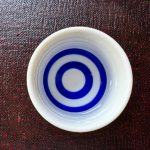Sake has been gaining popularity around the world as a uniquely Japanese alcoholic beverage. Yet, many people are still unfamiliar with how to enjoy it—when to drink it, how to pair it, or even how it’s meant to be served. In fact, for many, their only experience with sake may have been at a Japanese restaurant.
With its growing popularity, it’s now more common to see people purchasing sake as souvenirs or finding it available at specialty shops. You might even have a bottle at home right now.
But how should you enjoy it? If it’s a special bottle, you probably want the experience to feel special too.
To truly enjoy sake, it helps to learn a bit about it first. Once you understand its background and characteristics, you’ll discover your own personal way to appreciate it.
Learn more at sake breweries
If you plant to visit Japan, I recommend to visit sake breweries. Some of breweries own shops and taste their specialities, and others even offer tours to show actual sake brewing places.



